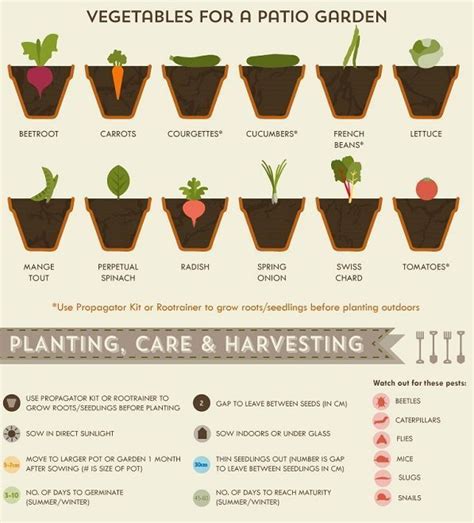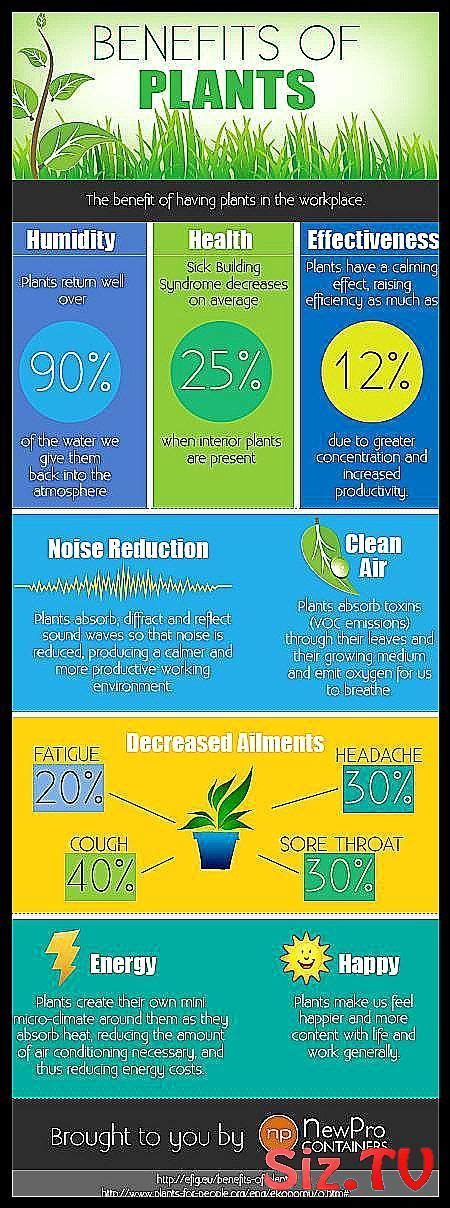Growing your own organic produce is a rewarding way to ensure your family enjoys fresh, nutritious food straight from the garden. By focusing on sustainable and natural gardening practices, you can boost your gardening skills while also contributing to a healthier environment. This guide provides top tips for growing organic produce, covering essential topics like choosing the right soil, composting, companion planting, organic pest control, and efficient watering techniques. Additionally, we’ll explore the importance of crop rotation to maintain soil health and reduce pest issues. With these practices, you’ll be well on your way to cultivating a thriving organic garden that yields delicious, healthy foods.
Investigate this topic thoroughly with shzow.com
1. Choosing the Right Soil: Ensure your soil is rich in organic matter and well-draining to support healthy plant growth.
One of the most crucial steps in growing organic produce is choosing the right soil. Healthy soil serves as the foundation for plant growth, providing essential nutrients, moisture, and oxygen. For organic gardening, it’s important to use soil that is rich in organic matter, such as decomposed plants and animal materials. Organic matter improves soil structure, enhances nutrient content, and helps retain moisture, creating an ideal environment for your plants to thrive.
Well-draining soil is equally important. Poor drainage can lead to root rot, which stunts plant growth and increases vulnerability to diseases. To ensure proper drainage, consider adding materials like compost, aged manure, or coconut coir to your soil mix. These additions will also help improve the soil’s aeration, allowing roots to access the oxygen they need.
Before planting, test the pH level of your soil. Most vegetables prefer a slightly acidic to neutral pH, typically between 6.0 and 7.0. You can adjust the pH as needed by adding amendments like lime to raise it or sulfur to lower it.
By prioritizing soil quality and drainage, you create the perfect conditions for your organic plants to grow strong, healthy, and productive, resulting in a more bountiful harvest.

2. Composting: Create and use compost to naturally fertilize your garden and enhance soil quality.
Composting is a vital practice for any organic gardener, offering a natural, nutrient-rich fertilizer that improves soil quality without relying on chemical additives. This process of recycling organic waste, such as fruit and vegetable scraps, grass clippings, leaves, and coffee grounds, produces compost that enriches the soil with essential nutrients, enhances its texture, and fosters a thriving population of beneficial microorganisms.
To start composting, choose a well-drained area in your garden for your compost bin or pile. Layer your compost with a balanced mix of green materials (like vegetable scraps and fresh grass) and brown materials (such as dried leaves and newspaper). Turn the compost regularly to ensure it decomposes evenly, and keep it moist but not waterlogged.
Once the compost has fully broken down into dark, crumbly soil, it’s ready to use. Spread it over your garden beds or mix it into the soil to boost fertility, improve drainage, and support healthier, more robust plant growth throughout the season.

3. Companion Planting: Use companion planting techniques to naturally deter pests and improve plant health.
Companion planting is a natural and effective way to enhance your organic garden’s health and productivity. By strategically planting certain crops together, you can create a balanced ecosystem that deters pests, promotes pollination, and improves soil health. Many plants have natural properties that repel harmful insects, while others attract beneficial pollinators or enhance the growth of nearby plants.
For example, planting marigolds alongside vegetables like tomatoes and peppers helps deter aphids and nematodes. Basil can also be a valuable companion for tomatoes, improving their flavor while repelling common pests such as mosquitoes and flies. Similarly, planting beans and peas alongside corn or cucumbers can enrich the soil with nitrogen, a vital nutrient for many crops.
When planning your companion planting strategy, consider each plant’s needs for light, water, and space to ensure harmonious growth. This approach not only minimizes the need for chemical pesticides and fertilizers but also encourages biodiversity in your garden, resulting in healthier plants, fewer pest problems, and a more productive harvest.

4. Organic Pest Control: Implement organic methods like neem oil, insecticidal soap, and beneficial insects to manage garden pests.
Managing garden pests without synthetic chemicals is a key aspect of organic gardening. Organic pest control methods focus on maintaining the health of your plants while protecting the environment and beneficial organisms. Neem oil, extracted from the neem tree, is a widely used organic pesticide that effectively controls a range of pests, including aphids, whiteflies, and spider mites. It disrupts their growth and reproduction while being safe for beneficial insects like bees.
Insecticidal soap is another effective option for organic pest control. Made from natural fats and oils, it works by breaking down the protective outer coating of soft-bodied insects, such as aphids, mealybugs, and spider mites, ultimately leading to their demise. It is non-toxic to humans, animals, and most beneficial insects.
Introducing beneficial insects, such as ladybugs, lacewings, and predatory wasps, is another eco-friendly method. These insects naturally prey on common garden pests, reducing their populations without the need for intervention. By integrating these organic methods into your pest management routine, you can keep your garden healthy, balanced, and free from harmful chemicals while protecting its long-term sustainability.
5. Watering Techniques: Practice efficient watering methods such as drip irrigation or soaker hoses to conserve water and prevent plant diseases.
Efficient watering is vital for both water conservation and plant health, particularly in organic gardening where sustainable practices are paramount. Overwatering can lead to root rot, mold, and other plant diseases, while under-watering can stress plants and hinder their growth. Achieving the right balance requires implementing efficient watering techniques.
Drip irrigation stands out as an exceptional method for organic gardening. By directly delivering water to plant roots, it significantly minimizes evaporation and runoff. The slow and steady watering technique fosters consistently moist soil without the risk of waterlogging, a condition that can lead to fungal diseases.
Soaker hoses offer another effective watering solution. Placed along plant rows, these hoses release water gradually through small holes, delivering moisture directly to the root zone. By avoiding contact with the foliage, soaker hoses help prevent diseases such as powdery mildew and blight.
Watering in the early morning or late afternoon, when temperatures are cooler, minimizes evaporation and allows plants to absorb water more effectively. This practice conserves resources, reduces the risk of diseases, and promotes healthy, vigorous growth in your organic garden.
6. Crop Rotation: Rotate crops annually to maintain soil fertility and reduce the risk of pest infestations and plant diseases.
Crop rotation is a crucial practice in organic gardening. It plays a vital role in maintaining soil fertility and minimizing the risks of pest infestations and plant diseases. By rotating crops annually, you prevent the depletion of specific nutrients from the soil that certain plants repeatedly consume. This practice also disrupts the life cycles of pests and pathogens that target specific crops, thereby reducing the likelihood of infestations and disease outbreaks.
Crop rotation hinges on grouping plants based on their nutrient requirements and rotating them through different sections of your garden annually. For instance, heavy feeders like tomatoes, corn, and cabbage should be followed by light feeders like beans, peas, or herbs, which replenish the soil with nitrogen. Subsequently, you can plant root crops like carrots or beets, which have minimal nutrient needs.
Rotating crops with legumes is a smart strategy. Legumes possess the unique ability to fix nitrogen from the air into the soil. This natural process enriches the soil, boosting fertility for future plantings. By rotating crops, you not only prevent nutrient depletion but also enhance soil structure, creating a healthier growing environment for your plants. Ultimately, this leads to stronger, healthier plants and more abundant harvests in your organic garden.
Implementing these organic gardening techniques will transform your garden into a thriving, sustainable space. By choosing the right soil, composting, using companion planting, and adopting organic pest control methods, you’ll create a fertile environment that promotes healthy plant growth. Efficient watering practices and crop rotation further enhance soil health and reduce the risk of pests and diseases. Embrace these practices to enjoy a bountiful harvest of nutritious, homegrown produce while contributing to a healthier planet. Happy gardening!
shzow.com
